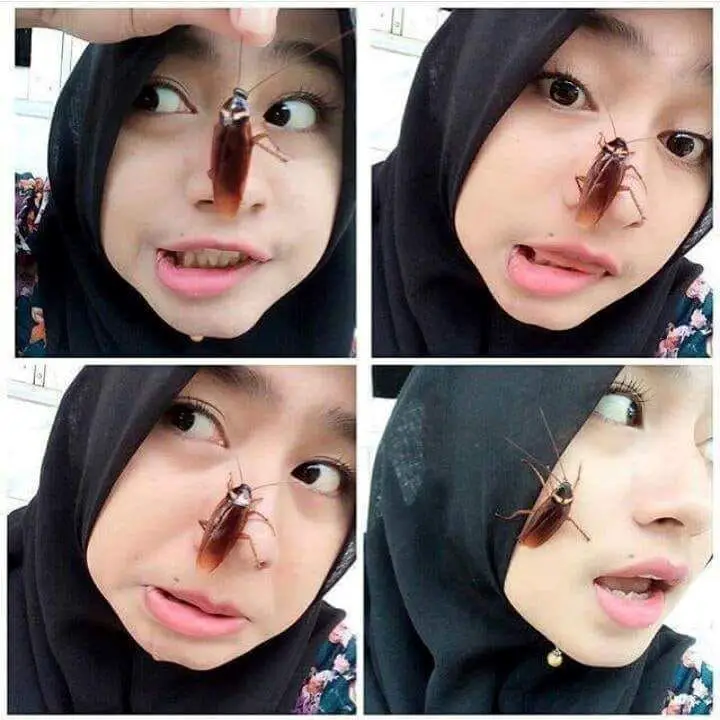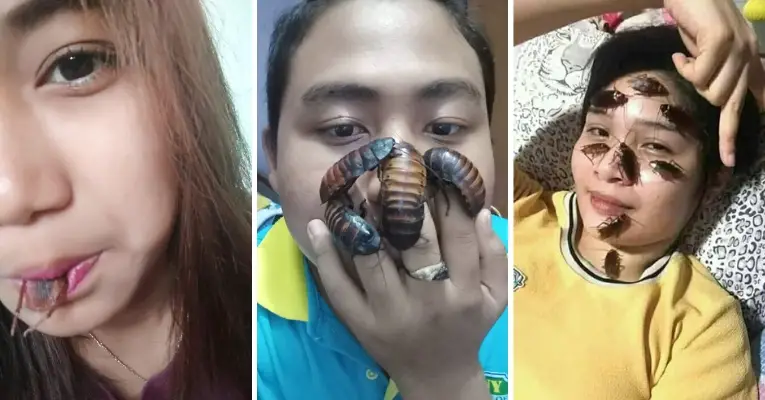#CockroachChallenge is the Latest Viral Trend to Make You Lose Hope in Today's Youth
The internet—once believed to be the key to a new era of digital freedom and democracy—hasn’t quite lived up to the hype. Instead, new advances in digital technology have brought us innovative forms of virtual foolishness.
Case in point: the viral challenge.
Recent years have brought bemused netizens a wealth of spectacular videos of millennial and Gen Z video bloggers engaging in all types of crazy, if not suicidal, challenges. Whether it’s the fire challenge, the KiKi-dancing challenge, or the condom-snorting and Tide Pod-gobbling challenges, a range of awful trends have swept across the internet as children and young adults seek online fame—often landing them in the hospital or worse.
And then there’s those challenges that aren’t so much life-threatening as they are simply disgusting. Introducing the #CockroachChallenge.
Aung then threw down the gauntlet to his friends, and the wider online community, to meet his “new challenge.” Lo and behold, his friends did not disappoint—and the photo spread across social networks like wildfire.

Of course, given that we are in the post-Digital Revolution era, such warnings definitely won’t stop some teens from putting cockroaches on their faces … right?

https://themindunleashed.com/2019/05/cockroachchallenge-viral-trend.html




沒有留言:
發佈留言